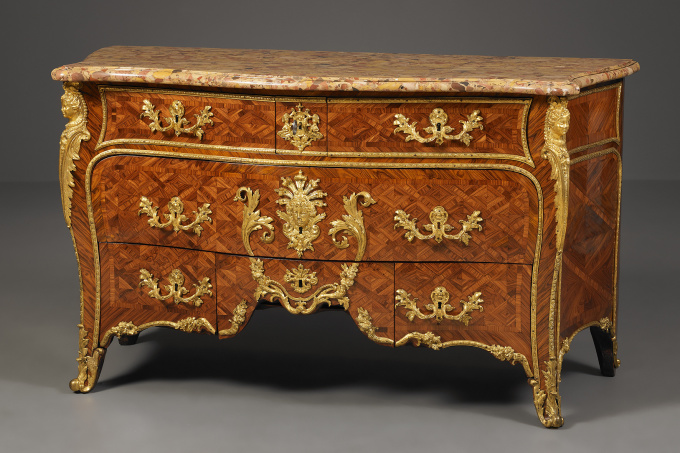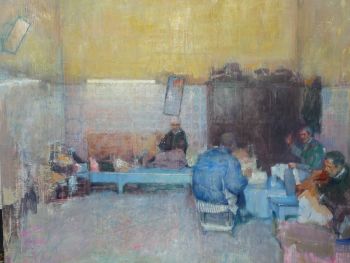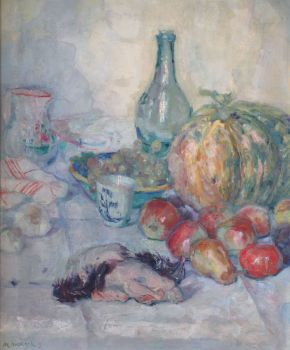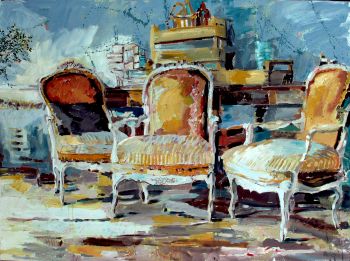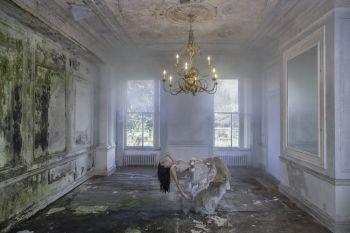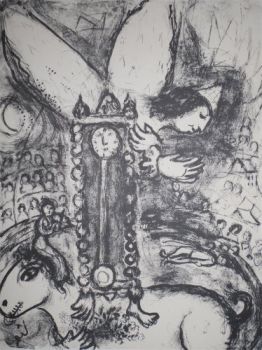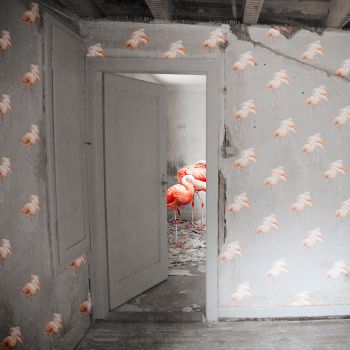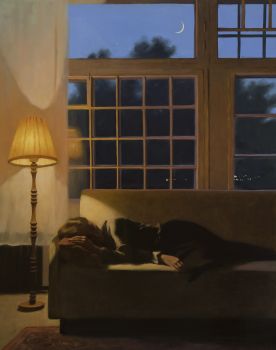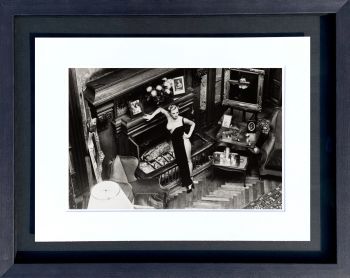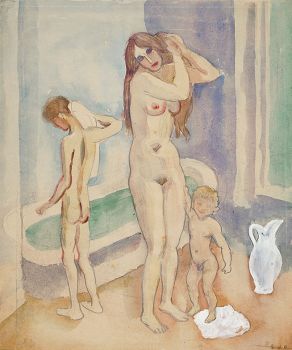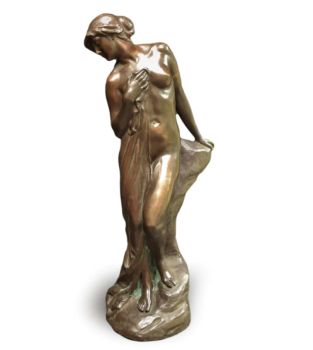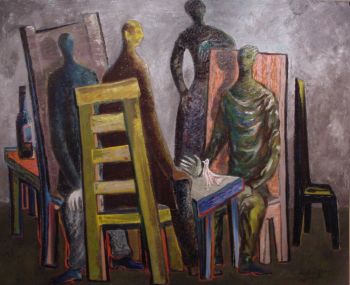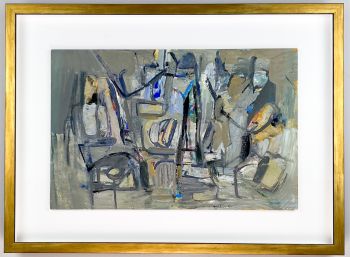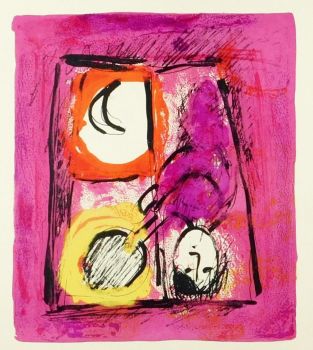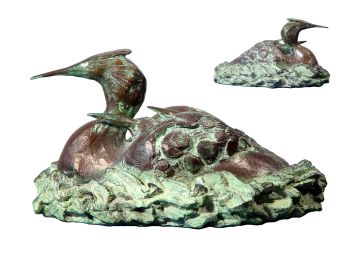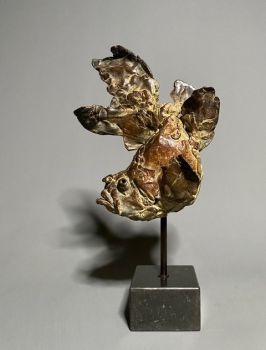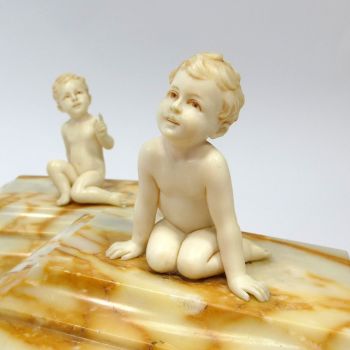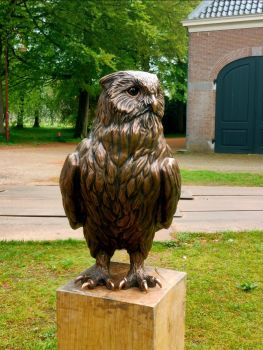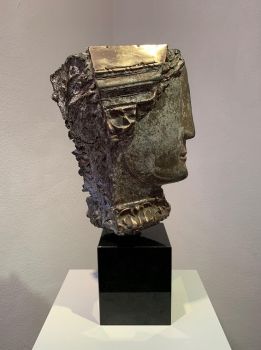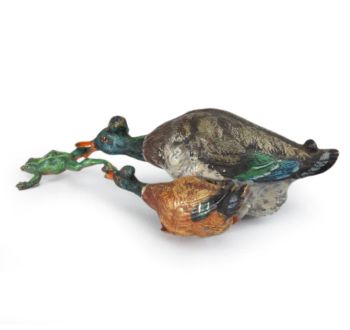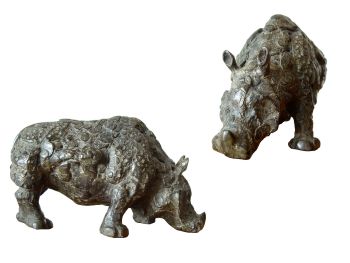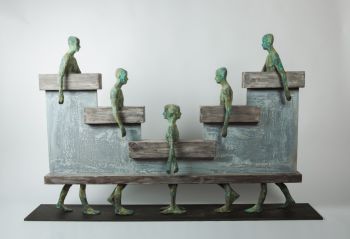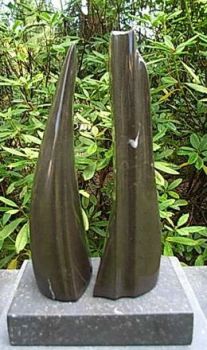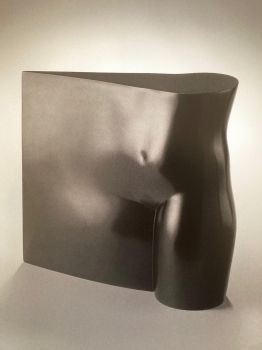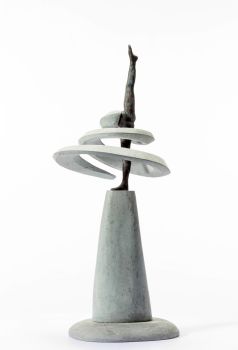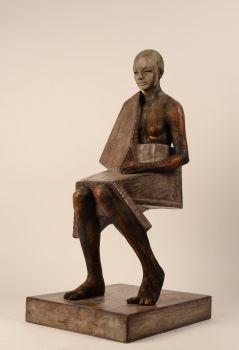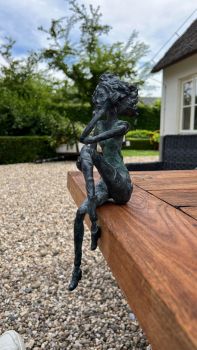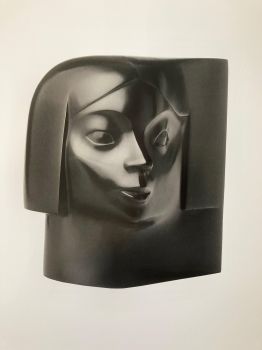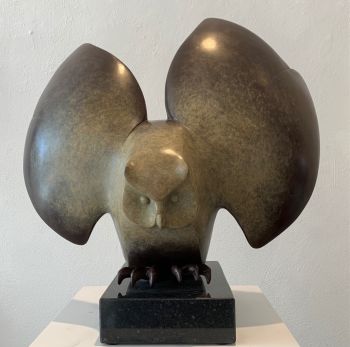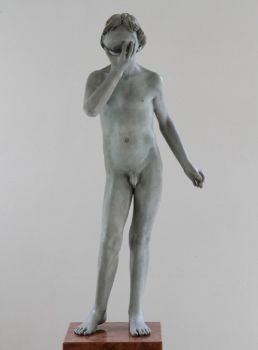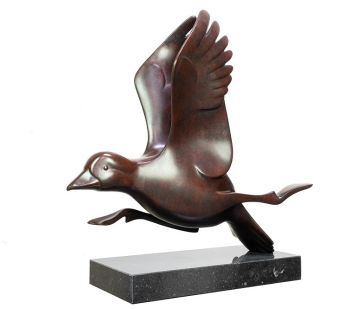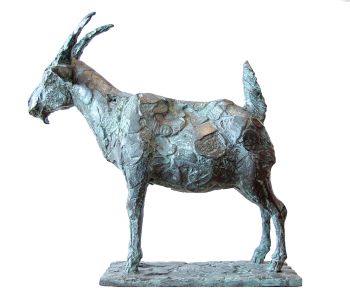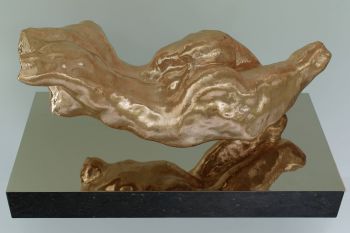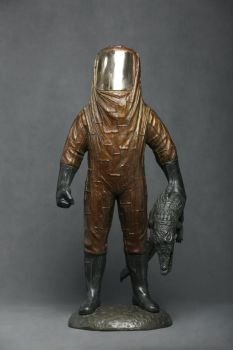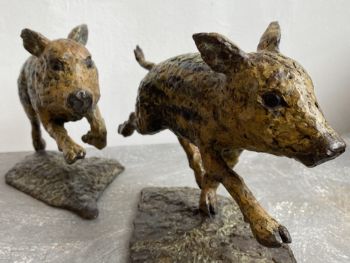A Magnificent Ormolu Mounted French Régence Commode 1725
Etienne Doirat
MarmoPietraBronzoOroMetalloDorato
87 ⨯ 152 ⨯ 68 cm
ConditionExcellent
Attualmente non disponibile tramite Gallerease
- A proposito di opere d'arteA Régence commode from about 1720-1725 with curved shapes of a model that is commonly referred to as "Commode à Pont". The commode has seven drawers in three layers, of which two without "traverse apparente". The commode with a carcase of oak and pine is decorated with geometric marquetry motifs on the front and the sides in bois de violette. The commode is decorated with ormolu mounts with motifs of espagnolettes, plumed masks, sphinxes and leaf and volute motives. The commode has a Brèche d'Alep marble top.
The commode has a curved shape at the front, as well as at the sides. The equally curved jambs rest on small curved legs. The middle part of the skirt has been deepened in the form of an arch. This is where the “Commode à Pont” gets its name from.
The walnut drawers are decorated with veneer in geometrical diamond motifs. The sides and jambs have contrasting geometric fan shapes in violet wood.
The commode is richly decorated with gilt bronze mounts. The drawers are framed with trimmings that support the overall structure perfectly. The front is decorated with a feathered mascaron in a cartouche of foliate motifs, reminiscent of the work of André Charles Boulle.
Etienne Doirat (ca. 1675-1732)
Doirat was probably born around 1675-1680 and lived after his marriage in 1704 in the Grande Rue du Faubourg Saint-Antoine. In 1726 he moved to the entrance of the Faubourg Saint-Antoine near the Bastille.
On his death in 1732 his studio had eleven employees. The inventory mentioned no fewer than 200 pieces of furniture, finished or unfinished, including commodes, bureaux-plats and bookcases, but also ‘sécretaires en pentes’ entirely to the taste of the time. The style and quality of Doirats’ furniture equals that of André Charles Boulle in both structure and finishing, as well as in the application of bronze ornaments. This style precedes similar furniture by Charles Cressent (1685-1768).
According to the inventory that is drawn up after the death of Doirat, his stock contained many models in lead, rough castings, and unfinished workpieces, to serve as bronze decorations for his furniture. This proves that Doirat kept his bronze models exclusively to himself.
Doirat was one of the few cabinet makers who stamped his name on his work far before this was mandated by the Jurande of Menuisiers-Ebénistes in 1743. This obligation was ratified by the king in 1751. The audit by the "Jurande" served not only tax purposes, but was also a means of quality control with regard to reliability and flaws in the materials used. All of this had to be perfect before the "JME"-brand was applied.
This commode is made by DOIRAT, but probably, because it also bears the stamp of LSP, traded by his son in law Louis Simon Painsun. Painsun was admitted in 1730 as maître, but there is no known work of his hand. He worked in the studio of Doirat, which he took over after his death. He mainly delivered to MIGEON, which explains the third stamp on this commode. The commode also carries the ink-written name of Migeon on the wooden frame.
Stamped: DOIRAT, MIGEON, LSP [Louis Simon Painsun] - A proposito di opere artistaEtienne Doirat nacque probabilmente intorno al 1675-1680 e visse dopo il suo matrimonio nel 1704 nella Grande Rue du Faubourg Saint-Antoine. Nel 1726 si trasferì all'ingresso del Faubourg Saint-Antoine vicino alla Bastiglia. Alla sua morte nel 1732 il suo studio aveva undici dipendenti. L'inventario menzionava non meno di 200 mobili, finiti o non finiti, tra comò, scrittoi e librerie, ma anche "sécretaires en pentes" del tutto secondo il gusto dell'epoca. Lo stile e la qualità dei mobili di Doirats sono uguali a quelli di André Charles Boulle sia nella struttura che nelle finiture, nonché nell'applicazione di ornamenti in bronzo. Questo stile precede mobili simili di Charles Cressent (1685-1768). Secondo l'inventario che viene redatto dopo la morte di Doirat, il suo magazzino conteneva molti modelli in piombo, fusioni grezze e pezzi non finiti, per servire come decorazioni in bronzo per i suoi mobili. Ciò dimostra che Doirat tenne i suoi modelli in bronzo esclusivamente per sé. Doirat è stato uno dei pochi ebanisti che ha impresso il suo nome sul suo lavoro molto prima che questo fosse ordinato dal Jurande di Menuisiers-Ebénistes nel 1743. Questo obbligo fu ratificato dal re nel 1751. L'audit del "Jurande" non servì solo fini fiscali, ma era anche un mezzo di controllo della qualità per quanto riguarda l'affidabilità e le imperfezioni dei materiali utilizzati. Tutto questo doveva essere perfetto prima dell'applicazione del marchio "JME".
Artwork details
Categoria
Soggetto
Stile
Materiale e Tecnica
Colore
Related artworks
Artista Sconosciuto
UN MODELLO GIAPPONESE DI UN NORIMONO, UN PALANQUIN1650 - 1700
Prezzo su richiestaZebregs & Röell - Fine Art - Antiques
Artista Sconosciuto
UN RARO SADELI INDIANO COMPLETO DI LAVORO E SCRITTURA INTARSIATI1800 - 1850
Prezzo su richiestaZebregs & Röell - Fine Art - Antiques
Artista Sconosciuto
A rare Japanese export lacquer medical instrument box1650 - 1700
Prezzo su richiestaZebregs & Röell - Fine Art - Antiques
Johannes La (le) Blanck
Un set di ampolle d'argento olandese a doppio uso1786
Prezzo su richiestaJacob J. Roosjen SRI
1 - 4 / 24Jan Sluijters
Mother with two children in bathroom1900 - 1950
Prezzo su richiestaStudio 2000 Art Gallery
Gyrinus
Verre gravé pointillé avec putti1764 - 1766
Prezzo su richiestaPeter Korf de Gidts - Antiquairs
1 - 4 / 24Joris August Verdonkschot
Degas Revisited - In Stock2000 - 2020
Prezzo su richiestaMorren Galleries Utrecht
1 - 4 / 24

